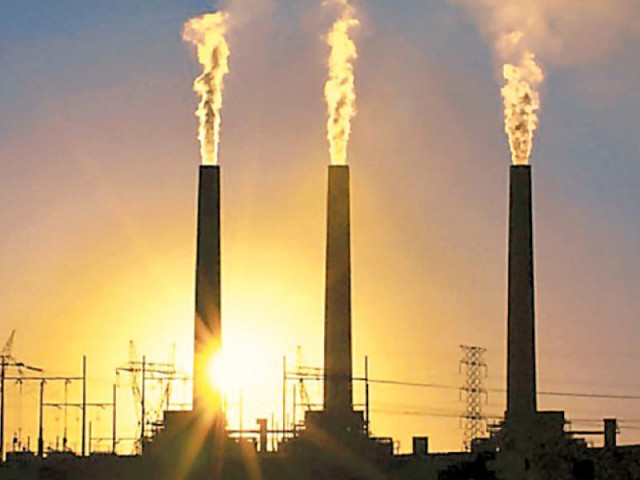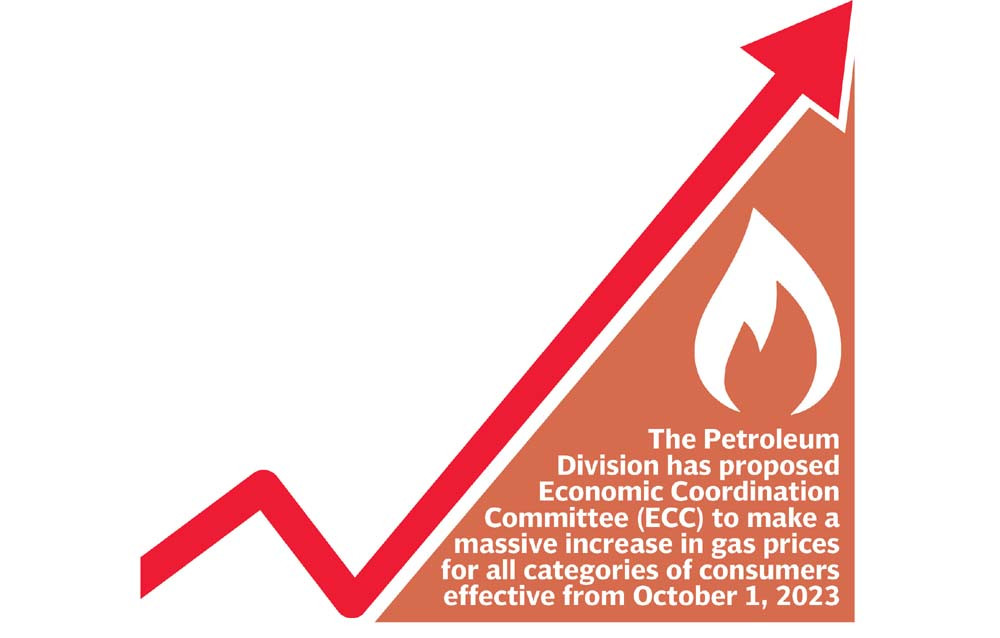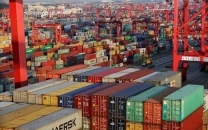Sindh, K-P to pay more for gas
Export industries of Punjab will get cheaper blend of local gas and LNG

The Petroleum Division has, in a summary prepared for review by the Economic Coordination Committee (ECC), proposed a massive increase in gas prices for all categories of consumers effective from October 1, 2023.
Additionally, the division has recommended the mixing of locally produced gas and imported liquefied natural gas (LNG) for supply to export-focused industries, which will put an additional burden on other gas consumers.
According to sources, natural gas will become expensive for Sindh and Khyber-Pakhtunkhwa (K-P), the two major gas producing provinces, whereas it will become cheaper for goods exporting sectors including their captive power plants, which are highly inefficient.
The National Accountability Bureau (NAB) has earlier termed supply of local gas to the inefficient captive plants while ignoring the efficient power plants a criminal offence.
In the summary, the Petroleum Division has proposed the mixing of 25% locally produced gas with LNG for export industries in Punjab but it will hit revenues of public gas utilities. Moreover, the control of mixing is being given to the companies, which may manipulate gas supplies, say experts.
Sources pointed out that the new formula would make gas expensive for Sindh and K-P and there were fears that the two provinces would go into litigation with the federal government. They have already opposed the provision of subsidised gas to Punjab.
According to the summary, gas will be made expensive for domestic consumers to subsidise supplies to the export sectors, though the International Monetary Fund (IMF) opposes gas subsidies.
There had already been controversy over the supply of subsidised gas to the export sector. According to a study conducted by the Petroleum Division during the Pakistan Tehreek-e-Insaf (PTI) government, those millers received subsdised gas whose sales had increased in the domestic market but they did not export anything. Even the Finance Division has pointed out that textile exports jumped owing to depreciation of the rupee but in terms of quantity no increase had been observed in shipments.
The Petroleum Division has also proposed a massive increase in fixed charges for the protected domestic gas consumers.
The domestic consumers falling in the first four slabs were paying fixed charges of Rs10 per month, which may be increased to Rs400, according to the proposal of the Petroleum Division.
Non-protected domestic consumers were paying fixed charges of Rs460 per month and now it has been proposed to jack them up to Rs1,000 to Rs2,000.
The Petroleum Division has said that the gas sector has no budgeted subsidies and affordability for certain consumer categories is ensured through the cross-subsidy funded by surplus revenues created in other consumer categories.
The average prescribed price of each molecule is Rs1,291 per million British thermal units (mmBtu) but the protected category of domestic consumers is paying in the range of Rs121 to Rs250 per mmBtu under four consumption slabs.
There will be no increase in tariff for the protected category (57% of the domestic consumers), however, the fixed monthly charges may be increased from Rs10 to Rs400.
The tariff for non-protected domestic consumers will be increased marginally for initial slabs with progressivity in tariffs for onward slabs until the highest consumption where tariff will be aligned with the cost of liquefied petroleum gas (LPG).
This is being proposed in an attempt to discourage unbridled consumption and press those who can afford to switch over to alternative fuels to conserve gas. The benefit of previous slab is being maintained up to the consumption of 4 hm3. There will be no previous slab benefit in the last slab of the non-protected domestic category.
Fixed charges for the non-protected category may be increased for two slabs – Rs1,000 per month for consumption up to 1.5 hm3 and Rs2,000 for consumption exceeding 1.5 hm3.
The tariff for bulk domestic consumption is proposed to be increased from Rs1,600 per mmBtu to Rs2,000 whereas there will be no change in tariff for the special commercial (Roti Tandoor) category.
Commercial sector
It is pertinent to highlight that piped gas is an urban phenomenon covering only 30% of the country’s population. The rest of the population is already using LPG as an alternative fuel.
Some 51% of commercial consumers on piped gas are paying re-gasified LNG prices whereas 49% are paying natural gas prices. The existing tariff is proposed to be revised from Rs1,650 per mmBtu to Rs3,900, which still reflects a discount on the switching value of LNG or LPG.
This rate will be applicable to all commercial consumers, irrespective of the use of LPG or RLNG, to create a level playing field for all commercial consumers.

design: Ibrahim Yahya
Power sector
There are very few power plants connected to networks of Sui companies and most of them receive dedicated gas supplies and RLNG.
Considering the increasing cost of generation due to the fuel mix, there will be no change in gas tariff for power generation to avoid any burden on domestic consumers of the power sector.
Export industry (processing and captive)
Currently, there is a wide price disparity between the industries operating on networks of Sui Southern Gas Company (SSGC) and Sui Northern Gas Pipelines Limited (SNGPL).
Industries in the north (operating on the SNGPL network) consume a 50:50 blend of indigenous gas and RLNG for nine months (March to November) and 100% RLNG for three months (December to February), with average tariff of $9.6 (Rs2,790) per mmBtu over the year.
On the other hand, the processing connections of industries in the south (operating on the SSGC network) are being charged Rs1,100 per mmBtu. SSGC has recently started supplying blended gas in proportion of 75:25 to captive plants, which approximately costs $5.9 (Rs1,710) per mmBtu.
The Petroleum Division has stressed that industrial tariff incentives are aimed at promoting production and exports despite a higher component of RLNG and the rising cost of both natural gas and RLNG.
It stressed that it would eliminate discrimination and create a level playing field for the existing and new players to encourage industrialisation and minimise disparity between the industries operating in the north and the south.
Published in The Express Tribune, October 20th, 2023.
Like Business on Facebook, follow @TribuneBiz on Twitter to stay informed and join in the conversation.



















COMMENTS
Comments are moderated and generally will be posted if they are on-topic and not abusive.
For more information, please see our Comments FAQ